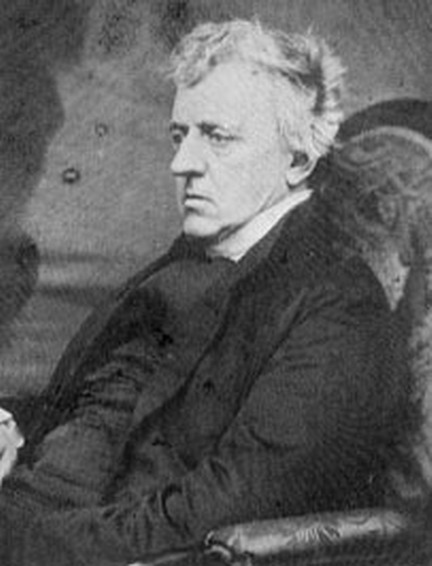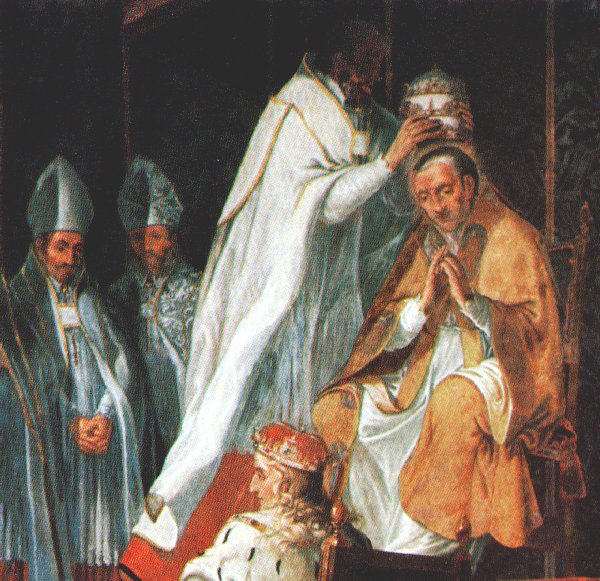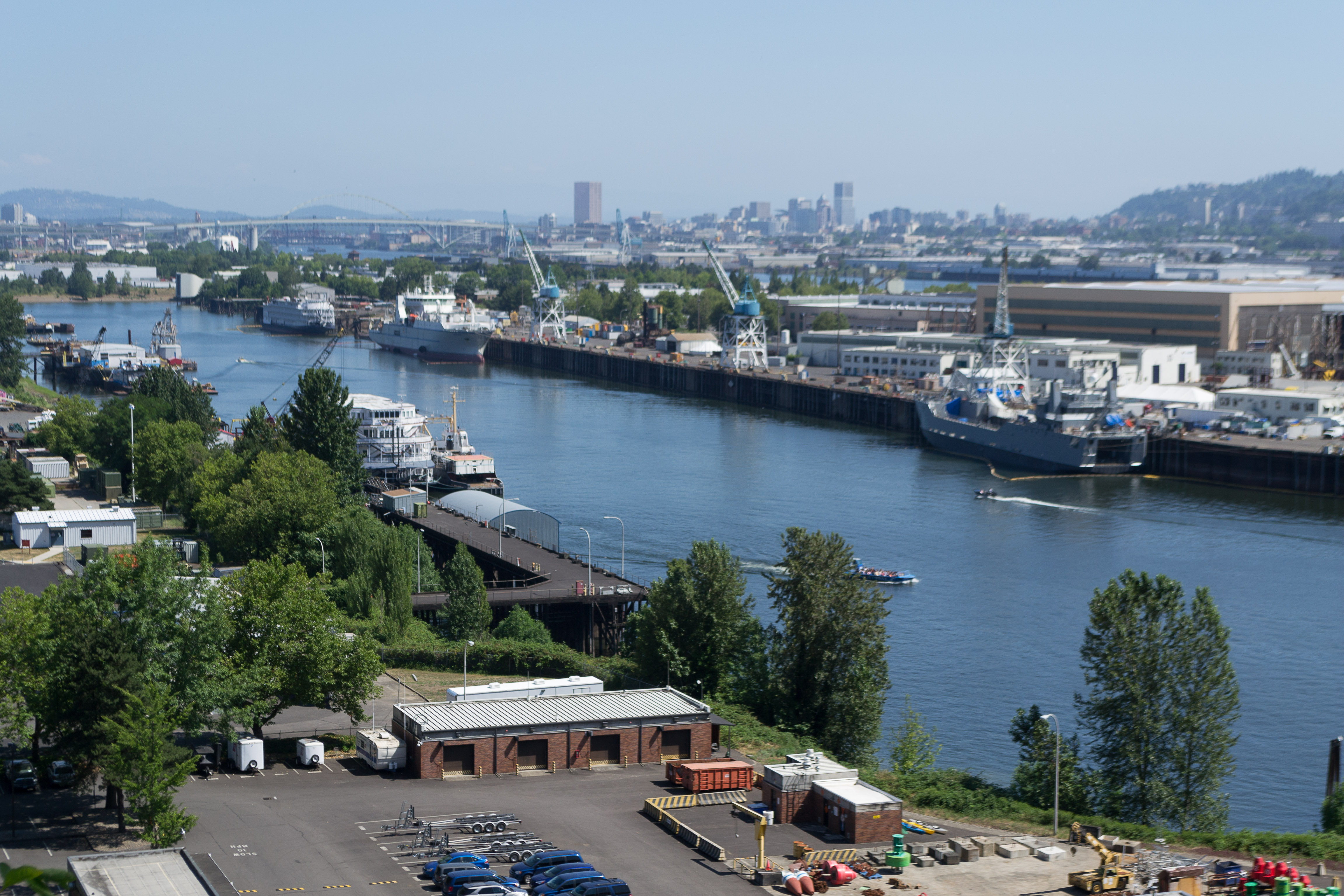|
Rector (ecclesiastical)
A rector is, in an ecclesiastical sense, a cleric who functions as an administrative leader in some Christian denominations. In contrast, a vicar is also a cleric but functions as an assistant and representative of an administrative leader. Ancient usage In ancient times bishops, as rulers of cities and provinces, especially in the Papal States, were called rectors, as were administrators of the patrimony of the Church (e.g. '). The Latin term ' was used by Pope Gregory I in '' Regula Pastoralis'' as equivalent to the Latin term ' (shepherd). Roman Catholic Church In the Roman Catholic Church, a rector is a person who holds the ''office'' of presiding over an ecclesiastical institution. The institution may be a particular building—such as a church (called his rectory church) or shrine—or it may be an organization, such as a parish, a mission or quasi-parish, a seminary or house of studies, a university, a hospital, or a community of clerics or religious. ... [...More Info...] [...Related Items...] OR: [Wikipedia] [Google] [Baidu] |
Cleric
Clergy are formal leaders within established religions. Their roles and functions vary in different religious traditions, but usually involve presiding over specific rituals and teaching their religion's doctrines and practices. Some of the terms used for individual clergy are clergyman, clergywoman, clergyperson, churchman, cleric, ecclesiastic, and vicegerent while clerk in holy orders has a long history but is rarely used. In Christianity, the specific names and roles of the clergy vary by denomination and there is a wide range of formal and informal clergy positions, including deacons, elders, priests, bishops, cardinals, preachers, pastors, presbyters, ministers, and the pope. In Islam, a religious leader is often known formally or informally as an imam, caliph, qadi, mufti, sheikh, mullah, muezzin, and ulema. In the Jewish tradition, a religious leader is often a rabbi (teacher) or hazzan (cantor). Etymology The word ''cleric'' comes from the ecclesia ... [...More Info...] [...Related Items...] OR: [Wikipedia] [Google] [Baidu] |
Superior General
A superior general or general superior is the leader or head of an 'order' of religious persons (nuns, priests, friars, etc) or, in other words, of a 'religious institute' in the Catholic Church, and in some other Christian denominations. The superior general usually holds supreme 'executive' authority in the religious community, subject only to the Pope in the case of Catholic orders, while the general chapter has 'legislative' authority. Many Catholic superiors general are elected (directly or indirectly) by their order's membership, and are based in Rome, and thus facilitate their order's engagement with other elements of church leadership (the Pope; the Roman Curia; other orders' leadership). History The figure of superior general first emerged in the thirteenth century with the development of the centralized government of the Mendicant Orders. The Friars Minor (Franciscans) organized their members under a Minister General, and the Order of Preachers (Dominicans) elected a ... [...More Info...] [...Related Items...] OR: [Wikipedia] [Google] [Baidu] |
Perpetual Curate
Perpetual curate was a class of resident parish priest or incumbent curate within the United Church of England and Ireland (name of the combined Anglican churches of England and Ireland from 1800 to 1871). The term is found in common use mainly during the first half of the 19th century. The legal status of perpetual curate originated as an administrative anomaly in the 16th century. Unlike ancient rectories and vicarages, perpetual curacies were supported by a cash stipend, usually maintained by an endowment fund, and had no ancient right to income from tithe or glebe. In the 19th century, when large numbers of new churches and parochial units were needed in England and Wales politically and administratively, it proved much more acceptable to elevate former chapelries to parish status, or create ecclesiastical districts with new churches within ancient parishes, than to divide existing vicarages and rectories. Under the legislation introduced to facilitate this, the parish pr ... [...More Info...] [...Related Items...] OR: [Wikipedia] [Google] [Baidu] |
Vicar (Anglicanism)
Vicar is a title given to certain parish priests in the Church of England and other Anglican churches. It has played a significant role in Anglican church organisation in ways that are different from other Christian denominations. The title arises from the medieval arrangement where priests were appointed either by a secular lord, by a bishop or by a religious foundation. Historically, but no longer, vicars share a benefice with a rector (often non-resident) to whom the great tithes were paid. ''Vicar'' derives from the Latin ''vicarius'' meaning a substitute. Historically, Anglican parish priests were divided into rectors, vicars and (rarely) perpetual curates. These were distinguished according to the way in which they were appointed and remunerated. The church was supported by tithes: taxes (traditionally of ten percent) levied on the personal and agricultural output of the parish. Etymology Parish churches in England originated as the personal property of (predominantly ... [...More Info...] [...Related Items...] OR: [Wikipedia] [Google] [Baidu] |
Church Of England
The Church of England (C of E) is the State religion#State churches, established List of Christian denominations, Christian church in England and the Crown Dependencies. It is the mother church of the Anglicanism, Anglican Christian tradition, tradition, with foundational doctrines being contained in the ''Thirty-nine Articles'' and ''The Books of Homilies''. The Church traces its history to the Christian hierarchy recorded as existing in the Roman Britain, Roman province of Britain by the 3rd century and to the 6th-century Gregorian mission to Kingdom of Kent, Kent led by Augustine of Canterbury. Its members are called ''Anglicans''. In 1534, the Church of England renounced the authority of the Papacy under the direction of Henry VIII, beginning the English Reformation. The guiding theologian that shaped Anglican doctrine was the Reformer Thomas Cranmer, who developed the Church of England's liturgical text, the ''Book of Common Prayer''. Papal authority was Second Statute of ... [...More Info...] [...Related Items...] OR: [Wikipedia] [Google] [Baidu] |
Parish Priest
A parish is a territorial entity in many Christian denominations, constituting a division within a diocese. A parish is under the pastoral care and clerical jurisdiction of a priest, often termed a parish priest, who might be assisted by one or more curates, and who operates from a parish church. Historically, a parish often covered the same geographical area as a manor. Its association with the parish church remains paramount. By extension the term ''parish'' refers not only to the territorial entity but to the people of its community or congregation as well as to church property within it. In England this church property was technically in ownership of the parish priest ''ex officio'', vested in him on his institution to that parish. Etymology and use First attested in English in the late 13th century, the word ''parish'' comes from the Old French , in turn from , the Romanisation of the , "sojourning in a foreign land", itself from (''paroikos''), "dwelling beside, st ... [...More Info...] [...Related Items...] OR: [Wikipedia] [Google] [Baidu] |
Anglicanism
Anglicanism, also known as Episcopalianism in some countries, is a Western Christianity, Western Christian tradition which developed from the practices, liturgy, and identity of the Church of England following the English Reformation, in the context of the Protestant Reformation in Europe. It is one of the largest branches of Christianity, with around 110 million adherents worldwide . Most are members of national or regional Ecclesiastical province#Anglican Communion, ecclesiastical provinces of the international Anglican Communion, one of the largest Christian bodies in the world, and the world's third-largest Christian communion. When united and uniting churches, united churches in the Anglican Communion and the breakaway Continuing Anglican movement were not counted, there were an estimated 97.4 million Anglicans worldwide in 2020. Adherents of Anglicanism are called ''Anglicans''; they are also called ''Episcopalians'' in some countries. The provinces within the Anglican ... [...More Info...] [...Related Items...] OR: [Wikipedia] [Google] [Baidu] |
1917 Code Of Canon Law
The 1917 ''Code of Canon Law'' (abbreviated 1917 CIC, from its Latin title ), also referred to as the Pio-Benedictine Code,Dr. Edward Peters accessed June-9-2013 is the first official comprehensive codification (law), codification of Canon law of the Catholic Church, Latin canon law. Ordered by Pope Pius X in 1904 and carried out by the Commission for the Codification of Canon Law, led by Pietro Gasparri, Pietro Cardinal Gasparri, the work to produce the code was completed and Promulgation (Catholic canon law), promulgated under Pope Benedict XV on 27 May 1917, Coming into force, coming into effect on 19 May 1918.Metz, "What is Canon Law?", p. 59 The 1917 ''Code of Canon Law'' has been described as "the greatest revolution in canon law since the time of Decretum Gratiani, Gratian" (1150s AD). The 1917 ''Code of Canon Law'' was composed of laws called Canon (canon law), canons, of which there were 2,414. It remained in force until the 1983 Code of Canon Law, 1983 ''Code of Canon ... [...More Info...] [...Related Items...] OR: [Wikipedia] [Google] [Baidu] |
Papal Inauguration
Papal inauguration is a liturgy, liturgical service of the Catholic Church within Mass (liturgy), Mass celebrated in the Roman Rite but with elements of Byzantine Rite for the ecclesiastical investiture of a pope. Since the Papal inauguration of Pope John Paul I, inauguration of Pope John Paul I, it has not included the 820-year-old (1143–1963) papal coronation ceremony. It was in the 11th century that the inauguration took the form of a coronation. Along with other ceremonies used at papal inaugurations, a coronation became part of a pope's inauguration ritual from the time of Pope Nicholas II (1059–1061) until 1963. Pope Paul VI, the last pope to be crowned or to use a papal tiara, abandoned the use of his tiara in a ceremony at the end of the second period of the Second Vatican Council. List of papal tiaras in existence, More than twenty tiaras are held in the Vatican. That of Paul VI is in the crypt of the Basilica of the National Shrine of the Immaculate Conception in ... [...More Info...] [...Related Items...] OR: [Wikipedia] [Google] [Baidu] |
Papal Coronation
A papal coronation was the formal ceremony of the placing of the papal tiara on a newly elected pope. The first recorded papal coronation was of Pope Nicholas I in 858. The most recent was the 1963 coronation of Paul VI, who soon afterwards abandoned the practice of wearing the tiara. To date, none of his successors have used the tiara, and their papal inauguration celebrations have included no coronation ceremony, although any future pope may elect to restore the use of the tiara at any point during his pontificate. The papal inauguration celebration, with or without a coronation, has only symbolic significance, as a pope assumes office immediately upon accepting his election during the conclave. In Spanish language, Spanish, the term (English language, English: "Pontifical Coronation") is sometimes used for the canonical coronation of religious images through a formal, expressed Pontifical decree by a reigning pope. Ritual On the day of election When a Papal conclave, con ... [...More Info...] [...Related Items...] OR: [Wikipedia] [Google] [Baidu] |
Congregation Of Holy Cross
The Congregation of Holy Cross (), abbreviated CSC, is a Catholic clerical religious congregation of pontifical right for men founded in 1837 by Basil Moreau, in Le Mans, France. Moreau also founded the Marianites of Holy Cross for women, now divided into three independent congregations of sisters: the Marianites of Holy Cross ( Le Mans, France), the Sisters of the Holy Cross ( Notre Dame, Indiana), and the Sisters of Holy Cross (Montreal, Quebec, Canada). History Two Societies Basile Antoine-Marie Moreau was born at Laigné-en-Belin, near Le Mans, France, on February 11, 1799, in the final months of the French Revolution. When Moreau decided to enter the priesthood, he was forced to undergo his seminary training in secret for fear that the French government would arrest him. He completed his studies and was ordained for the Diocese of Le Mans in 1821. The French government continued to work for the removal of the Church from the educational system, which left many ... [...More Info...] [...Related Items...] OR: [Wikipedia] [Google] [Baidu] |
University Of Portland
The University of Portland (UP) is a private Catholic university in Portland, Oregon, United States. It was founded in 1901 and is affiliated with the Congregation of Holy Cross, which also founded UP's sister school, the University of Notre Dame. UP enrolls approximately 3,700 students. The campus is in the University Park neighborhood near St. Johns, on a bluff overlooking the Willamette River. With a college of arts and sciences, a graduate school, and schools of business, education, engineering, and nursing and health innovations, it is Oregon's only comprehensive Catholic university. UP is North Portland's largest corporation and has an annual economic impact on Portland of $170 million. More than 17,000 alumni live in the Portland metropolitan area. History The first institution located on Waud's Bluff was Portland University, which was established by the Methodist Episcopal Church in 1891. Amid financial setbacks following the Panic of 1893, Portland University vac ... [...More Info...] [...Related Items...] OR: [Wikipedia] [Google] [Baidu] |









